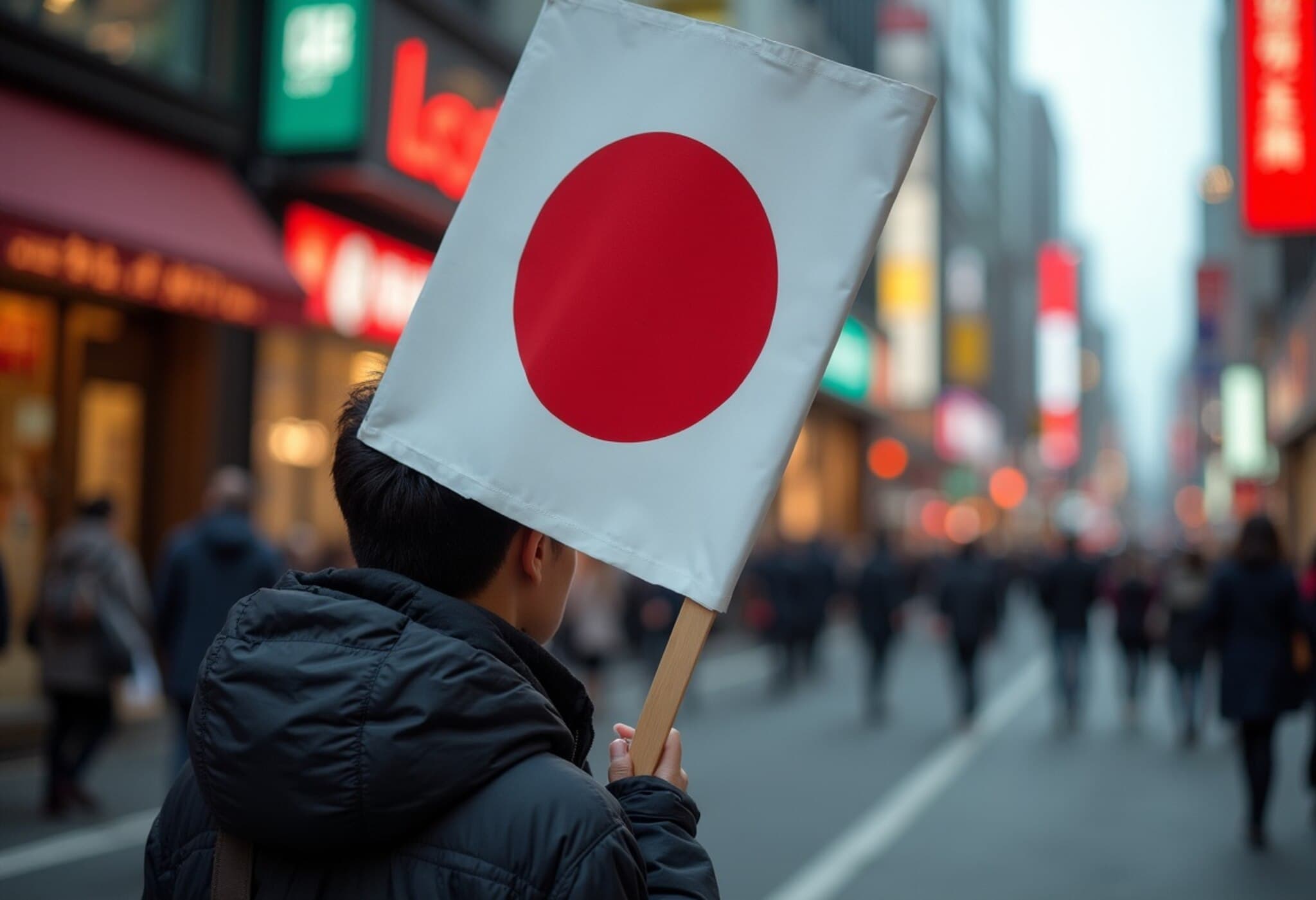Japan’s Inflation Moderates in June, Bringing Relief After Months of Surge
In June 2025, Japan witnessed a slight cooling in its core inflation rate, dropping to 3.3% from a 29-month peak of 3.7% earlier in the year. This easing aligns with economists’ forecasts and signals some relief after persistent price pressures, especially linked to rice costs that had escalated dramatically due to poor harvests.
Understanding the Nuances: Core Inflation vs. Core-Core Inflation
Headline inflation, which includes fresh food prices, also dipped to 3.3% from May’s 3.5%, marking 39 consecutive months above the Bank of Japan’s (BOJ) 2% target. While this may seem encouraging, the nuanced "core-core" inflation—excluding both fresh food and energy prices and closely watched by the BOJ—surprisingly inched up to 3.4% from 3.3% in May. This suggests that underlying price pressures remain persistent despite the headline easing.
The Rice Price Factor and Its Economic Ripple Effects
Rice inflation, a significant contributor to Japan’s inflation surge, cooled marginally with a year-over-year increase of 100.2%, down from 101.7% in May. These numbers, although still elevated, have softened partly due to government interventions, including strategic releases from rice stockpiles earlier this year.
Japan’s rice market faced unprecedented inflationary pressures, the sharpest in over 50 years, due to poor harvests in 2023 — a stark reminder of how agricultural vulnerabilities can influence national inflation trends. This dynamic has reinforced concerns about the cost of living, a critical issue as Japan prepares for the upcoming Upper House election.
Global Trade Tensions Continue to Cloud Japan’s Economic Outlook
Adding to domestic inflation concerns are escalating international trade tensions, particularly with the United States. President Donald Trump indicated skepticism about reaching a trade deal with Japan, fueling apprehensions about higher tariffs that could dampen Japan’s growth trajectory. Notably, Japan faces a looming 25% tariff on certain goods starting August 1, compounding existing 25% levies on its automotive exports — a cornerstone of its economy.
Japan’s economy felt these pressures acutely, contracting 0.2% in the first quarter of 2025 due to a sharp decline in exports. The combination of tariff threats and inflation complicates policymakers’ balancing act of supporting growth while managing price stability.
Monetary Policy: To Raise Rates or Hold Steady?
The current inflation data fuels debate over the Bank of Japan’s policy direction. While inflation remains persistently above the BOJ’s 2% threshold—a level typically warranting monetary tightening—some experts urge caution.
Analysts at Bank of America argue that the BOJ is unlikely to hike rates before January 2026. They emphasize that BOJ Governor Kazuo Ueda prioritizes inflation expectations over headline figures, and these expectations currently linger below the 2% benchmark. This perspective underscores the complexity of Japan’s inflation landscape, where short-term headline rates may not fully capture underlying economic sentiment.
Looking Ahead: Inflation’s Impact on Everyday Life and Policy Decisions
For Japanese consumers, the easing of rice prices could provide modest relief amidst a broader backdrop of sustained price growth in other sectors. However, persistent core-core inflation signals ongoing challenges, particularly as global dynamics and domestic policies intersect.
- Cost of living concerns are likely to dominate political discourse in the next election cycle.
- Trade relations with the U.S. remain a critical risk factor for economic recovery.
- Monetary policy decisions will hinge on inflation expectations and global economic conditions.
Editor’s Note
Japan’s inflation story is a delicate one, woven with threads of agricultural shocks, geopolitical tensions, and evolving consumer expectations. While headline inflation shows signs of cooling, the fundamental price pressures—captured by core-core inflation—remain robust. This dichotomy raises important questions: How will Japan’s policymakers balance supporting an ailing economy with the need to rein in inflation? And can the government’s interventions in food supplies and trade negotiations effectively cushion consumers against ongoing economic headwinds? As this scenario unfolds, investors, businesses, and everyday citizens alike will be watching closely.


















